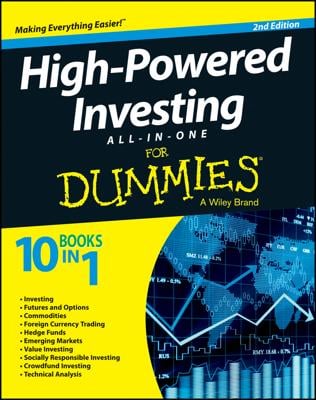Various stocks are out there, as well as various investment approaches. The key to success in the stock market is matching the right kind of stock with the right kind of investment situation. You have to choose the stock and the approach that match your goals.
Before investing in a stock, ask yourself, “When do I want to reach my financial goal?” Stocks are a means to an end. Your job is to figure out what that end is — or, more important, when it is. Do you want to retire in 10 years or next year? Must you pay for your kid’s college education next year or 18 years from now?
The length of time you have before you need the money you hope to earn from stock investing determines what stocks you should buy. Here are some guidelines for choosing the kind of stock best suited for the type of investor you are and the goals you have.
| Type of Investor | Time Frame for Financial Goals | Type of Stock Most Suitable |
|---|---|---|
| Conservative (worries about risk) | Long term (more than 5 years) | Large cap stocks and mid cap stocks |
| Aggressive (high tolerance to risk) | Long term (more than 5 years) | Small cap stocks and mid cap stocks |
| Conservative (worries about risk) | Intermediate term (2 to 5 years) | Large cap stocks, preferably with dividends |
| Aggressive (high tolerance to risk) | Intermediate term (2 to 5 years) | Small cap stocks and mid cap stocks |
| Short term | 1 to 2 years | Stocks are not suitable for the short term. Instead, look at vehicles such as savings accounts and money market funds. |
| Very short term | Less than 1 year | Stocks? Don’t even think about it! Well . . . you can invest in stocks for less than a year, but seriously, you’re not really investing — you’re either trading or speculating. Instead, use savings accounts and money market funds. |
Dividends are payments made to a stock-owner (unlike interest, which is payment to a creditor). Dividends are a great form of income, and companies that issue dividends tend to have more stable stock prices as well.
Not everyone fits into a particular profile. Every investor has a unique situation, set of goals, and level of risk tolerance. The terms large cap, mid cap, and small cap refer to the size (or market capitalization, also known as market cap) of the company. All factors being equal, large companies are safer (less risky) than small companies.

